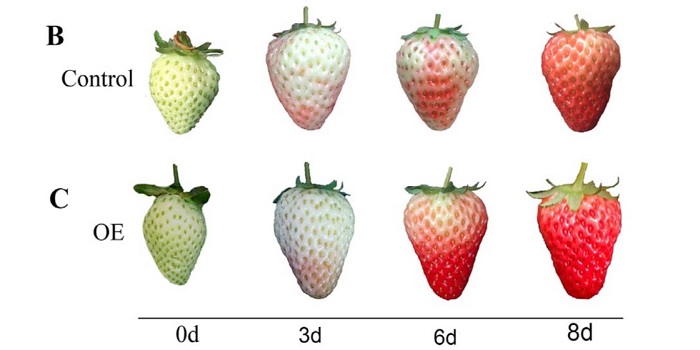
Polyamines regulate strawberry fruit ripening by abscisic acid, auxin, and ethylene (Plant Physiol)
Plant Science Research WeeklyPolyamines, which include putrescine [NH2(CH2)4NH2], spermidine [NH2(CH2)4NH(CH2)3NH2], and spermine [NH2(CH2)3NH(CH2)4NH(CH2)3NH2], are widespread in nature. Although their mechanisms of action remain largely unresolved, they have demonstrated roles in plants ranging from abiotic stress tolerance…
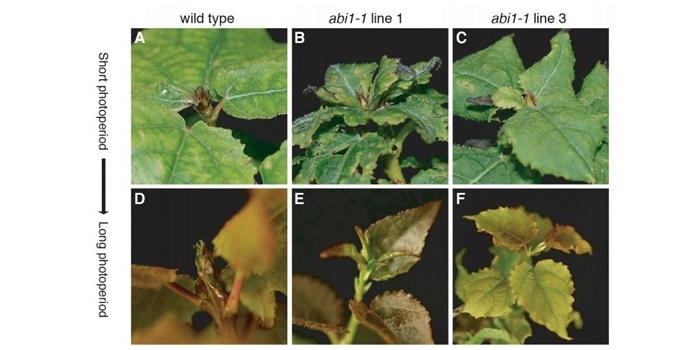
Photoperiodic control of seasonal growth is mediated by ABA acting on cell-cell communication ($) (Science)
Plant Science Research WeeklyPlant growth is regulated seasonally, but our knowledge is limited about how their growth is inhibited or re-initiated seasonally. Looking at hybrid aspen, in this article, Tylewicz et al. explored how seasonal cycles of growth and dormancy help perennial plants adapt during winter. In the long days…
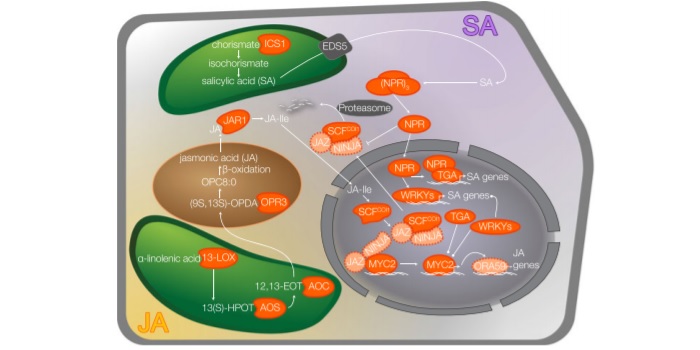
Jasmonic acid and salicylic acid signaling in fern Azolla filiculoides and its cyanobiont
Plant Science Research WeeklyThe phytohormones jasmonic acid (JA) and salicylic acid (SA) play key roles in how plants respond to microbes. However, this interplay between JA, SA and microbes is less understood in non-angiosperm linages. de Vries and colleagues examine JA/SA signalling between the water fern Azolla filiculoides…

Ancient duons may underpin spatial patterning of gene expression in C4 leaves
Plant Science Research WeeklyC4 photosynthesis describes a biochemical CO2-concentrating mechanism that relies on the spatial separation of biochemistry between two cell types, mesophyll cells (MCs) and bundle sheath cells (BSCs). However, there is currently little evidence on how some genes are preferentially expressed in BSCs…
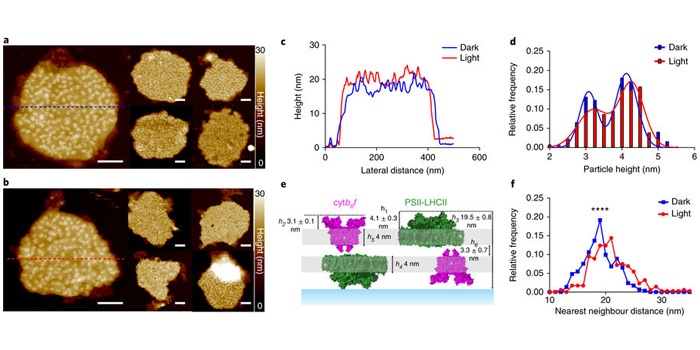
Dynamic thylakoid stacking regulates the balance between linear and cyclic photosynthetic electron transfer
Plant Science Research WeeklyThe activation of photosynthetic electron transport upon a dark-to-light transition occurs prior to the initiation of CO2 fixation by Rubisco in the Calvin cycle. A mechanism known as cyclic electron transfer (CET) exists that generates the proton motive force required to drive ATP synthesis without…

RAF2 is a Rubisco Assembly Factor in Arabidopsis thaliana
Plant Science Research WeeklyThe assembly of the carbon fixing enzyme Rubisco is a complex process and involves many chaperones including RAF1, RbcX and the chaperonins. Recent evidence pointed to the existence of another chaperone, RAF2, conserved among photosynthetic organisms. The protein has similarity to pterin-4α-carbinolamine…
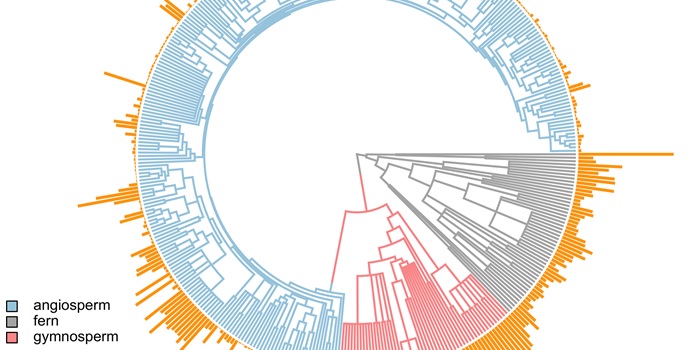
Genome downsizing, physiological novelty, and the global dominance of flowering plants
Blog, Plant Science Research Weekly, Research, Research BlogPLOS Biol. Guard cell size is, in general, inversely related to stomatal density. It is advantageous for plants to maximize their photosynthetic capabilities by generating higher rates of gas exchange, thereby incorporating more CO2 to help drive this pathway. However, the number of cells that can occupy…

Flavonols Modulate ROS in Tomato Guard Cells
Blog, Plant Physiology, Plant Physiology: On The Inside, Research, Research BlogAlthough reactive oxygen species (ROS) have historically been considered damaging agents within cells, recent studies have demonstrated that these molecules also serve as second messengers in signaling pathways. The reactive nature of ROS allows these compounds to function as signaling molecules by reversibly…

Origin and Role of ABA in Stomatal Regulation
Blog, Plant Physiology, Plant Physiology: On The Inside, Research, Research BlogWhen the vapor pressure difference (VPD) between a leaf and the atmosphere increases (i.e., when air humidity decreases), guard cells lose turgor, thereby leading to stomatal closure. The evolution of this mechanism was an important step in the colonization of land by plants, since it enabled plants…

